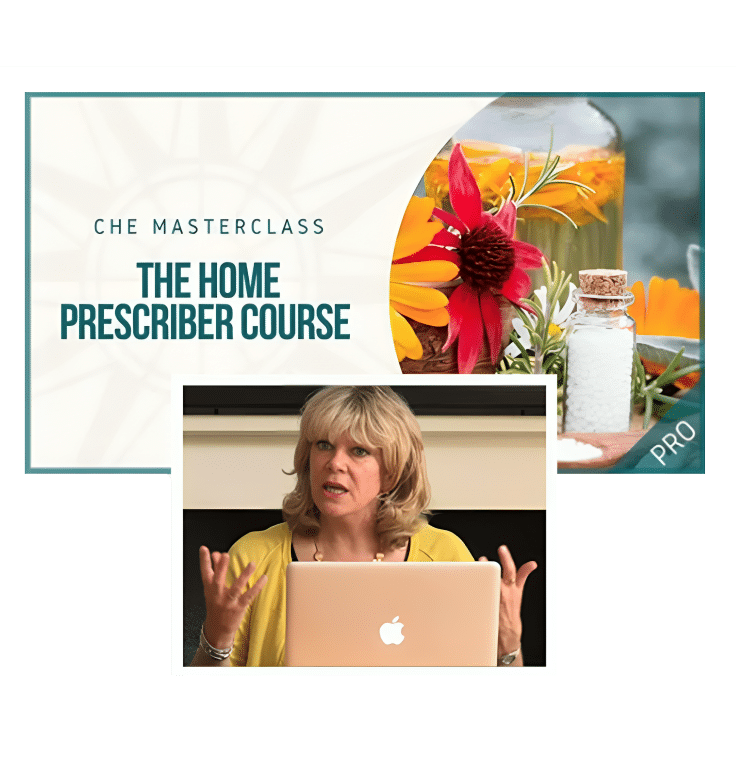
Prescribing Patterns in The Current Influenza Epidemic
Prescribing Patterns in The Current Influenza Epidemic Over the past weeks I have found myself

30 year Homeopathic practitioner & Founder of CHE

In homeopathy, this process is both an art and a science, requiring a keen observation of symptoms and a deep understanding of remedy profiles. Here’s a comprehensive guide on how to select a homeopathic remedy, drawing from over 30 years of my experience in the field.
The first step in selecting a remedy is the thorough collection and analysis of the symptoms. This involves noting not just the physical symptoms, but also emotional and mental changes. It’s crucial to understand the modalities of the symptoms—what makes them better or worse. For instance, does the pain improve with heat or worsen with cold? These details are vital as they guide the selection of the most appropriate remedy.
In homeopathy, we often talk about ‘keynotes’—these are symptoms that are highly characteristic of the remedy and must correspond closely with the patient’s experience. For example, if you’re considering Arnica for trauma, the keynote symptom would be a fear of being touched or approached, because the area is extremely sensitive. These keynotes are like bright beacons guiding you towards the right remedy.
I often refer to the concept of the ‘three-legged stool’ in my teachings. This metaphor emphasizes that at least three main symptoms (or keynotes) of the remedy must match the symptoms presented by the person. Just as a stool would wobble or fall over without one of its three legs, a remedy choice is considered unstable unless it matches the keynotes in at least three ways.
Homeopathy does not treat diseases but rather treats individuals. Therefore, understanding the person’s overall health, lifestyle, and temperament is as important as the symptoms themselves. This holistic approach ensures that the remedy aligns with the person’s general energy and vitality, potentially leading to more effective and tailored treatment outcomes.
Once the remedy is selected, determining the correct potency and dosage is crucial. The 30C potency are easily obtained online or from health food stores and are good for acute cases; usually sufficient to initiate a healing response. The frequency of dosage can vary based on the severity and nature of the symptoms, with more frequent doses required in acute cases
While knowledge and guidelines are indispensable, the art of homeopathy also involves a degree of intuition and experience. Over time, you can develop a ‘sixth sense’ about which remedies work best for certain symptoms. This intuition is honed through using remedies and observation.
It’s important to remember that while many acute conditions can be managed at home, chronic or complex cases should be handled by a qualified homeopathic practitioner. They can provide a more in-depth analysis and ongoing support, which are crucial for chronic health issues.
Selecting the right homeopathic remedy involves a detailed understanding of the symptoms, the person’s overall health, and the specific characteristics of available remedies. By carefully analysing this information, practitioners can choose the most appropriate remedy to stimulate the body’s natural healing process. Remember, the goal of homeopathy is not just to alleviate symptoms but to achieve a deeper, more holistic healing.
For more information on this check out my video on Top Tips for Prescribing
The information contained herein should not be used as a substitute for the advice of an appropriately qualified and licensed healthcare physician or other healthcare providers. The information provided here is for informational purposes only. The views, positions and opinions expressed in this presentation are those of the presenter and do not necessarily reflect the views of CHE or affiliated organisations.

Prescribing Patterns in The Current Influenza Epidemic Over the past weeks I have found myself

The Weight of Empty Chairs: A Guide to Holiday Grief Last night, I cried as

The Impossible Christmas: Remedy States for Holiday Perfectionism Christmas is meant to be magical, especially
